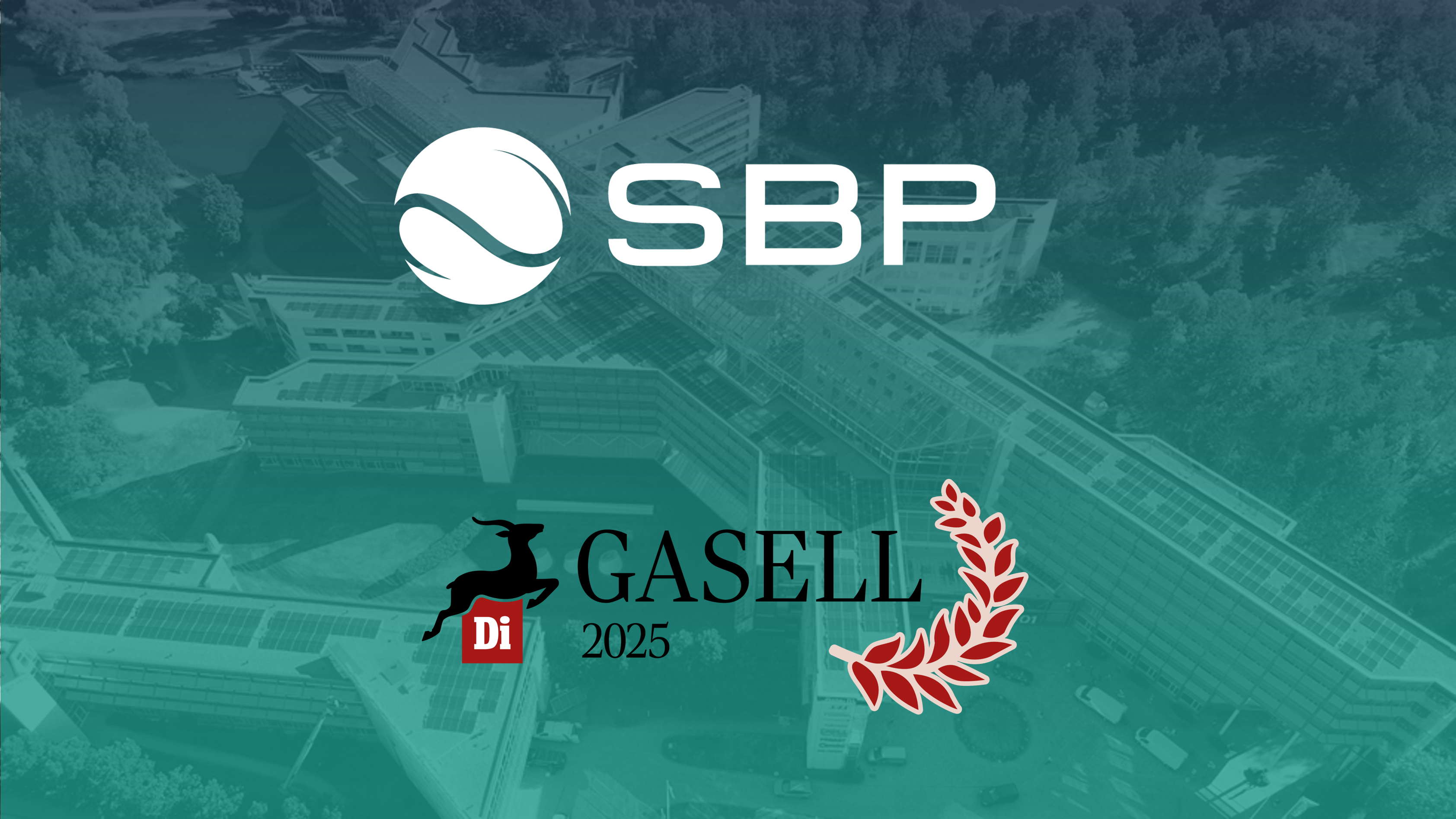Over the past decade, the average cost of solar panels has fallen by approximately 90 percent, according to an article in the business magazine Dagens PS, citing data from Bloomberg. Technology as well as production have advanced at a rapid pace to meet today's need for sustainable energy production.
Now, manufacturers are finding it increasingly difficult to press prices through the manufacturing procedure. This means that even higher demands are placed on developing the performance of solar cells. In addition, energy storage is a key component for pressing costs in its entirety.
"More powerful and highly efficient modules will lower costs throughout the solar project value chain, supporting our outlook for significant sector growth over the coming decade", according to an analyst from Fitch Solutions in a research report, writes Dagens PS and refers to Bloomberg.
Prices are being squeezed - but the raw material price is rising
In 2011, the price of solar panels was $1.59 per watt. Now, ten years later, the cost is $0.20 per watt. The reasons include larger factories, automation, streamlining of production methods, lower labor costs and less material waste. At the same time, raw material prices are rising, making it difficult to save within the production stage.
For a long time, the maximum capacity for most solar cells has been 400 watts. Since last year, solar cells with a capacity of 500 watts have begun to enter the market, and this year a 700-watt model was introduced. More electricity on the same surface area results in smaller installations and thus reduces costs through, among other things, the construction and the land it is installed on. Therefore, there is continued interest in pressing prices and making solar energy production more accessible.
– The first 20 years of the 2000s saw huge price reductions in module prices, but the rate of reduction began to slow markedly in the last two years. Fortunately, new technology will create further reductions in electricity costs, says Xiaojing Sun, global solar power research manager at Wood Mackenzie Ltd, to Bloomberg.





